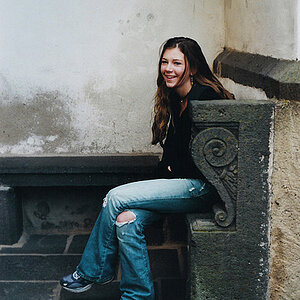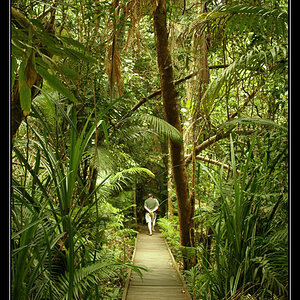LeftRightLeft
TPF Noob!
- Joined
- Oct 9, 2006
- Messages
- 8
- Reaction score
- 0
I'm an absolut noob with dslrs, anyway decided to take some pics at night of landscapes... i dont have a tripod and took pictures by changing the apeture and shutter speed.. the pics i took were blurred and was wondering if there was anything else i could to take night pics without a tripod or was a tripod the only solution?



![[No title]](/data/xfmg/thumbnail/42/42472-9229a7111196e5db141ab82c04a4ba48.jpg?1619740193)
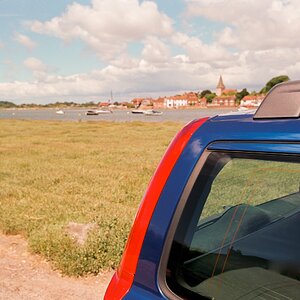
![[No title]](/data/xfmg/thumbnail/42/42469-20c0ef5882a1e31d6172f182d8e90cf2.jpg?1619740193)
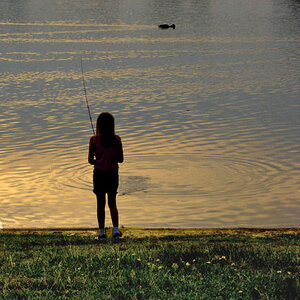
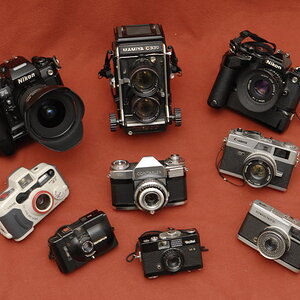
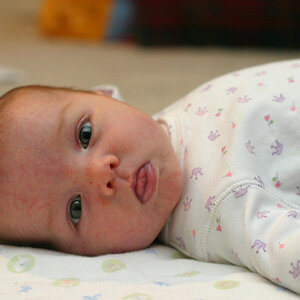
![[No title]](/data/xfmg/thumbnail/39/39185-29433e4f46e4b0bd394d10962886594c.jpg?1619738904)
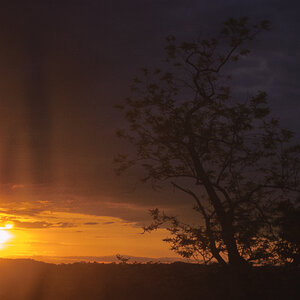

![[No title]](/data/xfmg/thumbnail/42/42471-71fb529e01fae8170cc2a98655bd05e7.jpg?1619740193)
